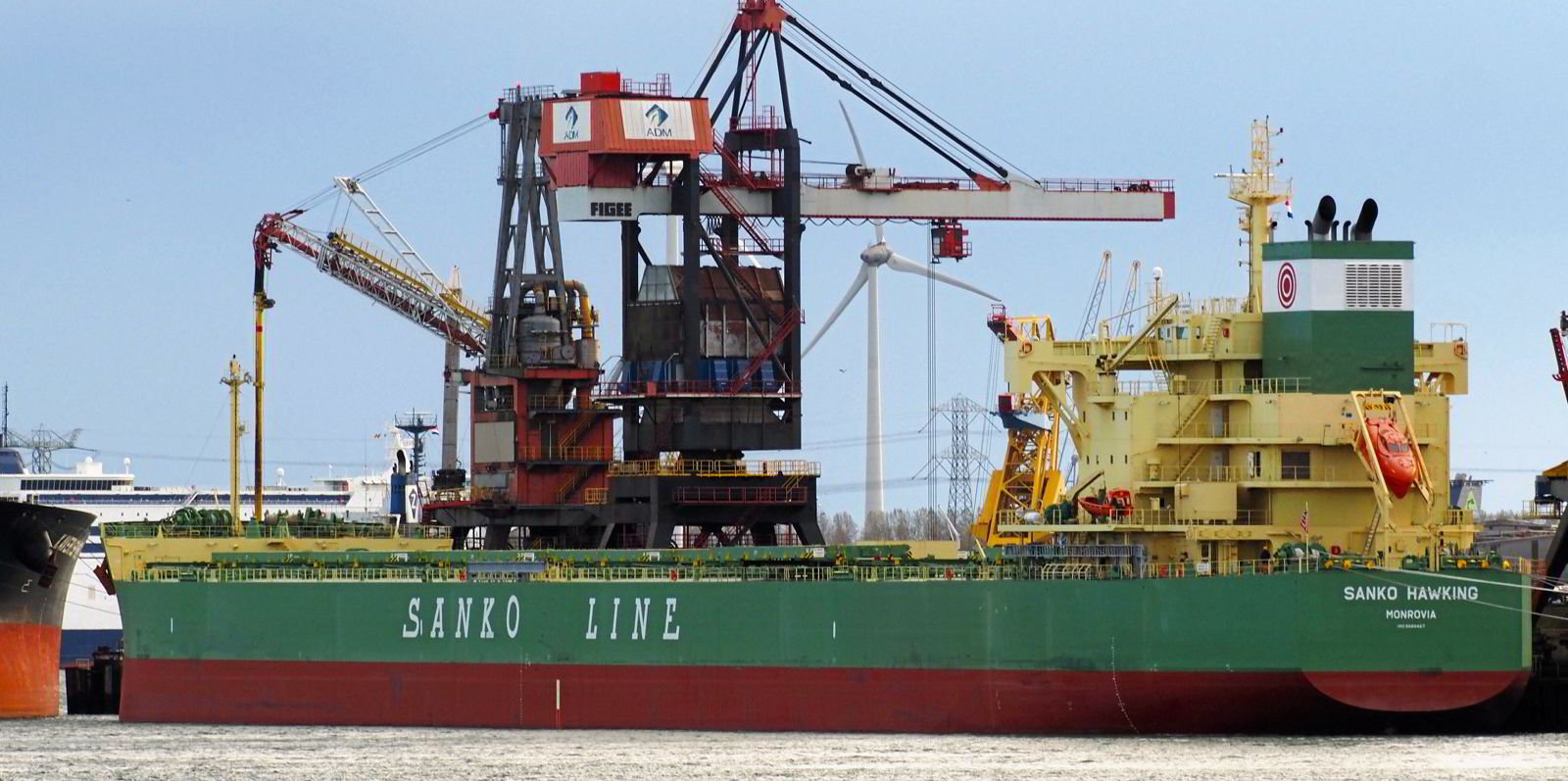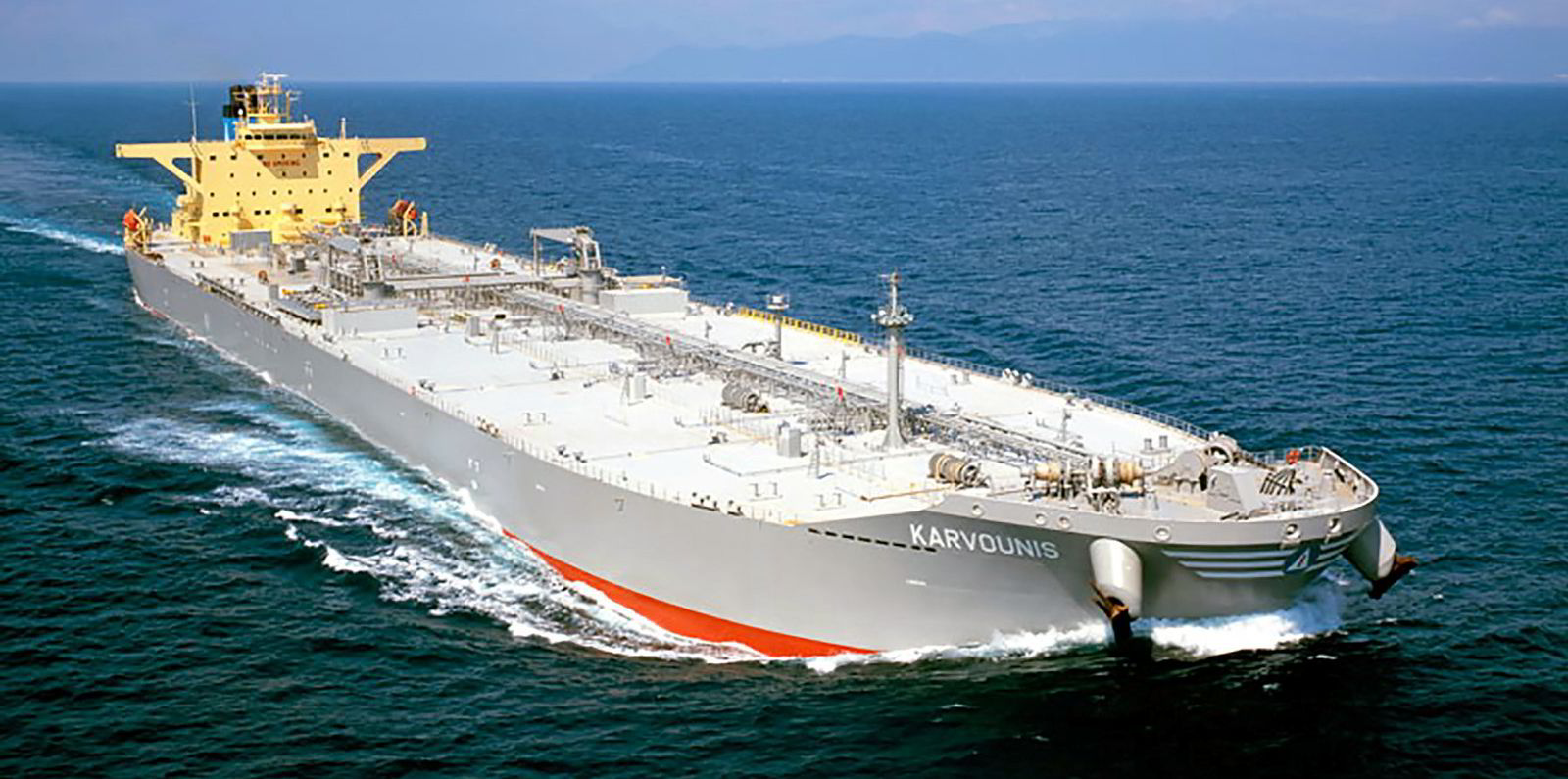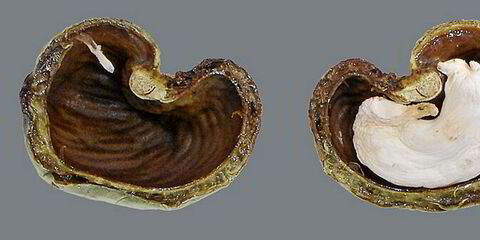Japan’s Sanko Steamship, which was left bankrupt twice after dramatically mistiming investments, appears to have got its final big commercial decision just right.
The Tokyo-based company has reportedly sold the 82,500-dwt kamsarmax bulk carrier Sanko Hawking (built 2021) for $41.8m, well in excess of current newbuilding prices of $36.5m.
The Tsuneishi-built ship, the last owned vessel in its fleet, was ordered in 2020.
The buyer has not been revealed, but there was strong interest from 16 companies from eight countries — mainly from Japan and Greece — looking at the Idwal sale-and-purchase inspection report.
The ship was also in good condition. It had an Idwal grade more than 10% better than the average for bulkers of this type up to five years old.
Idwal, which has inspected 18 of the 35 panamax and kamsarmax bulkers sold this year, expects the high level of S&P activity to continue.
Tokyo sources suggest Japanese companies are likely to be active sellers.
A number of operators are ready to exercise purchase options on lease contracts maturing this year, which they will be in a position to cash in on if prices remain high.
The weak yen against the US dollar is an additional incentive to sell.
After the sale of the Sanko Hawking, it remains unclear whether the company will continue as a pure operator or if the trading name will survive, as it still has value as historically one of the biggest names in Japanese shipping.
It was the country’s fourth-largest operator after NYK Line, Mitsui OSK Lines and K Line.
Sanko went into administration in 1985 and 2013.
On both occasions, it had overinvested in high-price newbuildings through long-term charter arrangements that became unstable when the charter market crumbled.
The company’s troubled financial history after the 1985 collapse meant it did not have access to the generous long-term freight contracts from local steel mills, power and oil companies that provide the financial backbone of Japan’s ship operators.
With its business more exposed to the boom-and-bust cycle of the shipping business than most domestic companies, Sanko built an operated fleet of 150 to 200 vessels in the 2008 boom.
It was again caught out in the volatile post-Lehman Brothers shipping markets and folded by 2013.
It was rescued by the US Elliott Group, but there has since been a gradual reduction in the fleet until a buyer was found for its final owned vessel this week.





